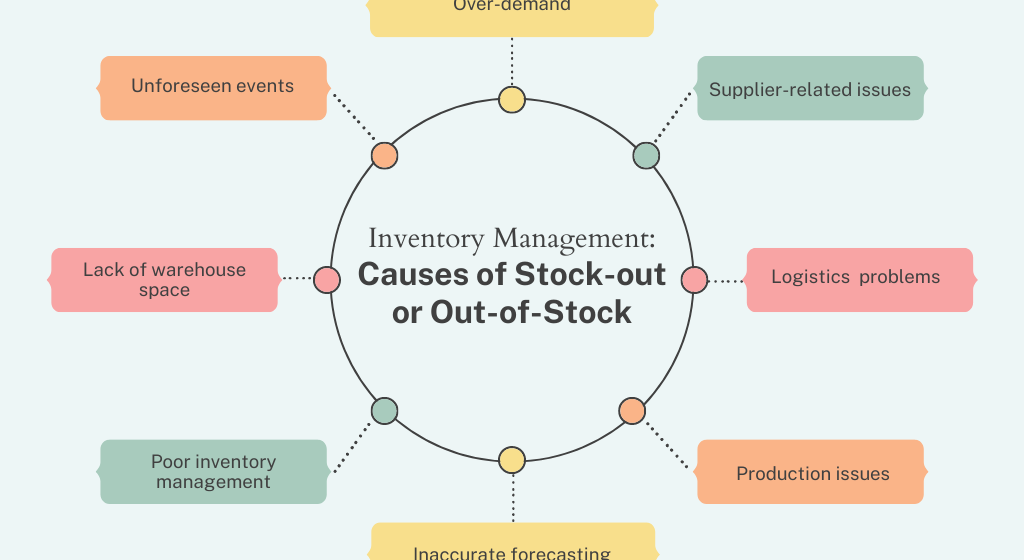One of our clients, who is in the Retail business for over 15 years approached us with operational problems due to high stock levels and low sales when compared to their potential. They were achieving an annual turnover of 25 Crores and were maintaining stock worth 8.8 Crores, pulling down the stock turnover ratio to only 2.26 Times. The client was facing severe cash flow problems while making payments to suppliers.
Stock and Sales the inseparable elements in a textile retail business where inventory is considered as the life blood of the business and sales as the heartbeat of the business. Majority of the clients that PKC has worked with face serious problems in the areas of Stock and Sales since stock/inventory holds up huge cash and sales ensures that the stock is converted back into cash and hence connecting the cash flow cycle.
Problems due to high inventory levels:
- High Holding Cost: Holding cost, also known as carrying cost, is something that retailers generally do not focus on, but which has a significant impact on the profitability of a business. As long as stock is held in the business, it adds onto the holding/interest cost which erodes the profits.

Table 1: Interest Blockage for the Old Stock held and Interest on Time Value basis
2. Easier adaption to fashion trends: Stock Replenishment becomes hard for retailers due to high existing stock levels. The business will miss major sale opportunities due to not adapting to recent fashion trends.
3. Working Capital Blockage: In the practical world, with the 45-days payment rule to MSME suppliers coming into act, the average credit days to suppliers are reduced. All the pieces laying as unsold after the credit period only blocks the working capital of the business forcing them to utilize the Bank Overdraft
Table 2: Supplier Wise Stock vs O/S Payable Report

Strategies to Reduce High Stock Levels:
- Setting up of Inventory Levels: Establishing proper inventory levels ensures that stock is available when needed without overstocking, which results in reduced holding costs. This involves setting re-order levels, and minimum and maximum stock levels for each item based on the Stock Turnover Ratio (STR).
- Enabling Insightful MIS Reports to Management: Usage of historical Sales data and Stock data to provide insightful MIS Reports to provide visibility over improvement areas and liquidation areas. This enables the management to take informed decisions which are crucial in improving the overall operation efficiency.

Table 3: Stock Ageing Summary
- Purchase Planning: Ensuring purchase is made at optimal levels. Making sure only purchase of goods are made in the area of requirement only to prevent dumping of stock. Purchase planning in a Retail industry is highly crucial to prevent instances of both Overstocking and Understocking.
Strategies to Improve Sales:
- Analyzing the Walk-ins: Analyzing the number and behavior of walk-ins-customers who enter your store-provides valuable insights into customer preferences, peak shopping times, and the effectiveness of marketing campaigns. Here’s how to leverage walk-in analysis:
- Data Collection:
- Customer Footfall Counters: Install footfall counters at store entrances to automatically track the number of visitors.
- Data Collection:
- Sales Data Integration: Combine footfall data with sales data to understand conversion rates (the percentage of walk-ins who make a purchase).
- Benefits:
- Enhanced Customer Experience: By understanding peak times and customer demographics, you can provide a better shopping experience through personalized service and targeted promotions.
- Improved Marketing ROI: Analyzing walk-ins helps evaluate the effectiveness of marketing campaigns and promotional activities, allowing you to allocate resources more efficiently.
- Optimized Store Operations: Data-driven insights enable better staff scheduling and inventory management, ensuring that popular products are always in stock during peak times.

- Improving the Basket size of a customer: Increasing the average basket size—the number and value of items a customer purchases in a single transaction—is a powerful way to boost sales. Here are strategies to achieve this:
- Cross Selling / Upselling.
- Promotional Schemes.
- Informed decisions based on the Customer diverts occurring: Customer diverts occur when potential buyers leave the store without making a purchase. Understanding and analyzing these diverts can inform strategic decisions to enhance sales. This data will be very useful during Purchase planning to get to know the customer preferences.
Results obtained by following the above said processes:
- Reduction of Stock:
- Reduction of stock by almost 20% during the project during itself resulting in a gradual increase of the Stock Turnover to 2.8.
- Improved cash flow enabling the clients to come out of the cash crunch situation they stuck in earlier.
- Identify Areas of Improvement of Sales: Client was able to find the areas where they are lacking to unlock the full potential of the sales.
- Client was able to identify the reason of high customer divert rates and reduce the same.
- Improve the Walk-ins into the store by making modifications to the marketing plan to attract more customers.
- Increase the bill value per customer by promoting cross selling and upselling techniques among salesmen.
Effective inventory management and strategic sales enhancement are crucial for the success of a textile retail business. By reducing high stock levels and leveraging insightful MIS reports, businesses can lower holding costs and improve cash flow. implementation of best practices and leveraging technology and data analytics can empower businesses to overcome hurdles. These data-driven decisions enable retailers to optimize their operations, enhance the customer experience, and ultimately boost sales.


